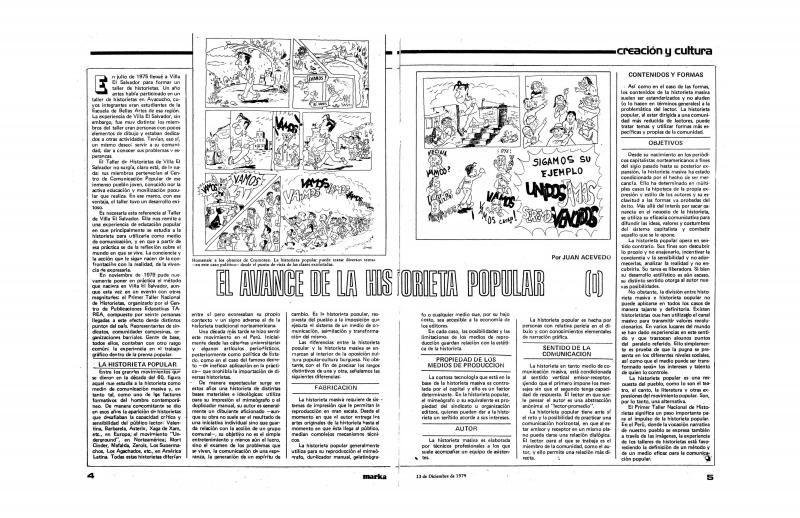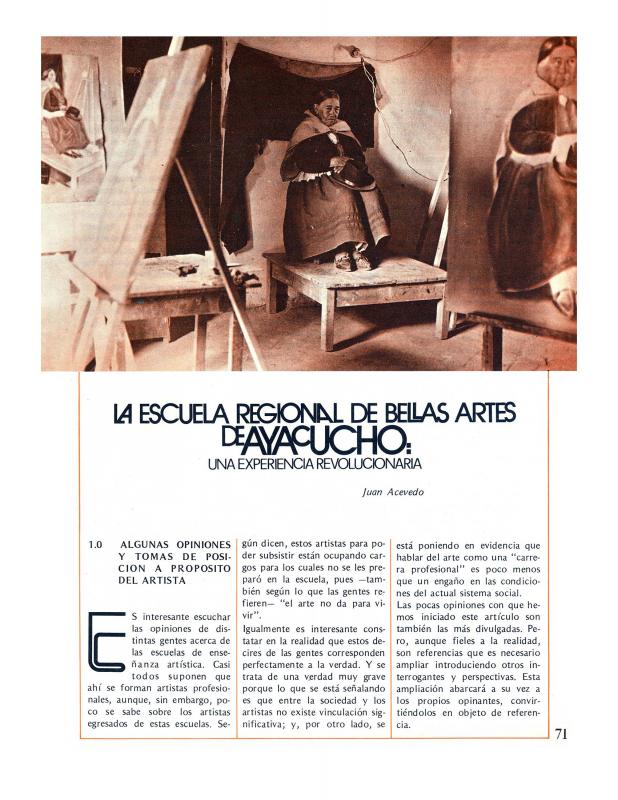The Peruvian communication theorist and cartoonist, Juan Acevedo (b. 1949) discusses his experience leading his first workshop, the Taller de Historieta Popular Nicaragüense, a few months after the Sandinista Revolution’s victory over the dictatorship of Anastasio Somoza (1925–80). Though brief, this article is of particular importance because it bears witness to the Peruvian left’s close political and cultural ties with revolutionary movements in Central America, especially the Sandinista insurrection.
Acevedo is considered one of Peru’s best cartoonists. His best-known character is a guinea pig named El Cuy that was closely identified with left wing culture in Peru. In the wake of the failure of the economic, sociopolitical, and cultural policies of velasquismo—the first term (1968−75) of the so-called revolutionary government of the armed forces led by General Juan Velasco Alvarado—Acevedo addressed these policies through his cartoon characters and by conducting workshops on the art of popular communication. In 1978 he published the well-known book Para hacer historietas based on the workshops presented in the province of Ayacucho (1974) and in Villa El Salvador (1975), an iconic Lima neighborhood known for its urban popular struggles. Para hacer historietas has been reprinted several times and translated into other languages. Following the aforementioned premise, that it is not necessary to know how to draw in order to create a comic strip, his systematized method has been, and still is, taught in many Latin American countries.
[Please refer to the ICAA digital archive for other texts by Acevedo such as: “El avance de historieta popular (I)” (doc. no. 1141902), “El taller de historieta popular” (doc. no. 1141933), and “La Escuela Regional de Bellas Artes de Ayacucho: una experiencia revolucionaria” (doc. no. 1139339)].



